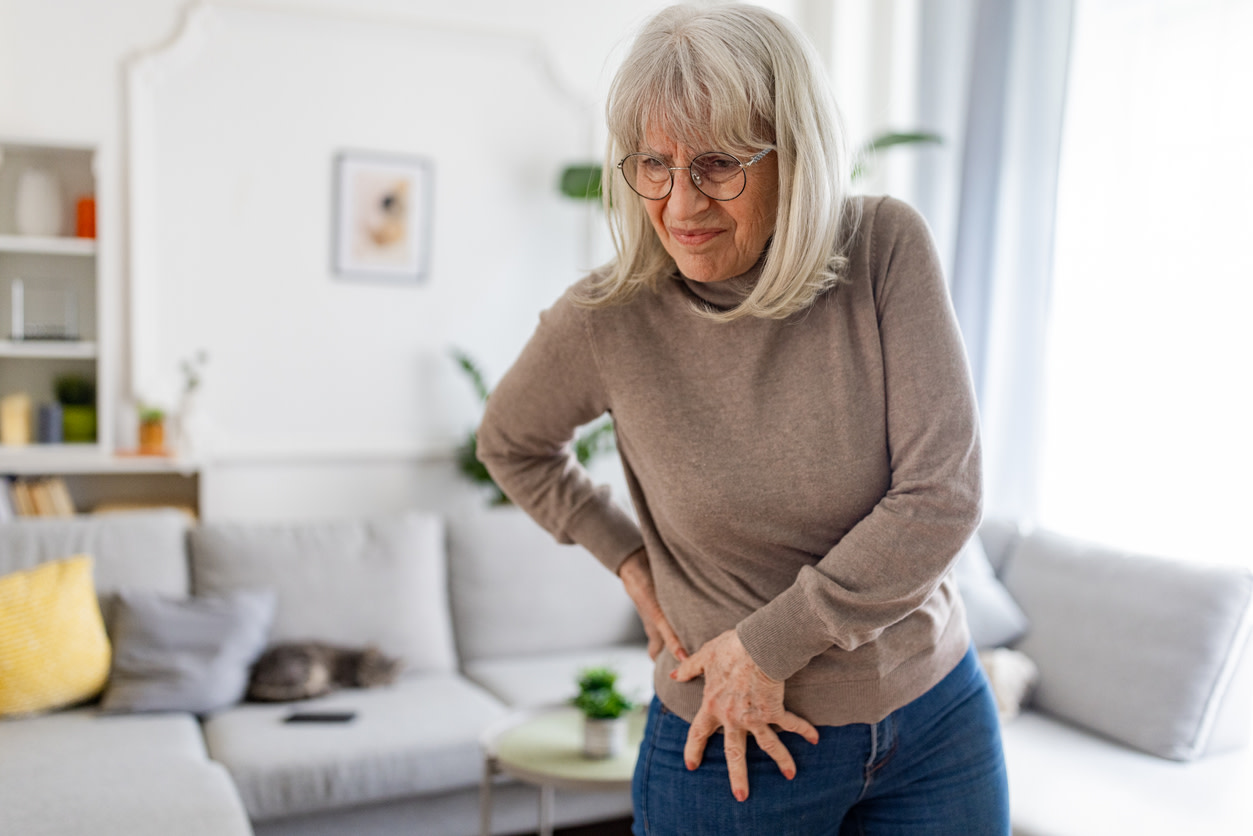Hip bone spur: symptoms, causes, treatment
Learn common causes of a hip bone spur and how to alleviate discomfort, especially with exercises from physical therapists.
$0 costo para usted
Fecha de Publicación: Jun 5, 2025
El índice
Fully covered hip pain relief
Find relief from hip pain, buttock pain, hip tendonitis, & more.
Check if I'm eligibleExercises for hip bone spurs
Want expert care? Check if you're covered for our free program →- Standing march
- Hip flexor stretch
- Standing side leg raise
- Seated adductor stretch
- Straight leg raise
